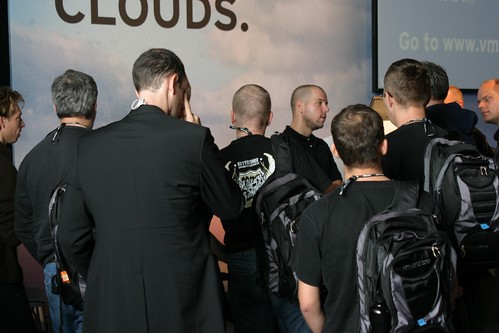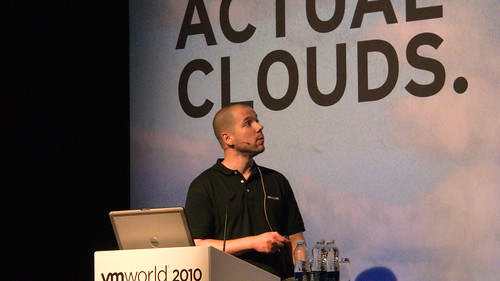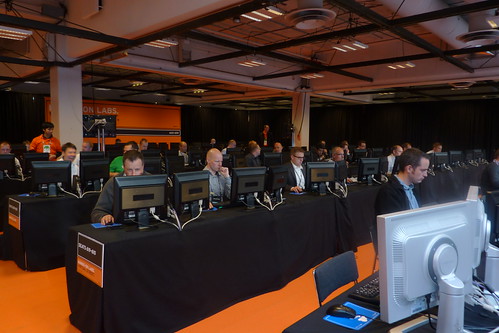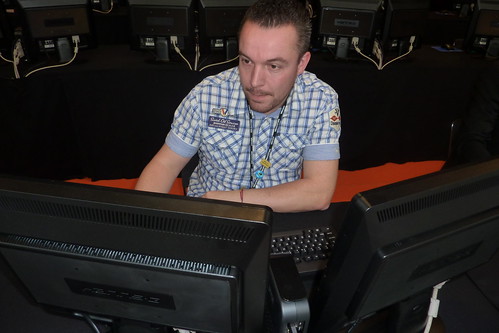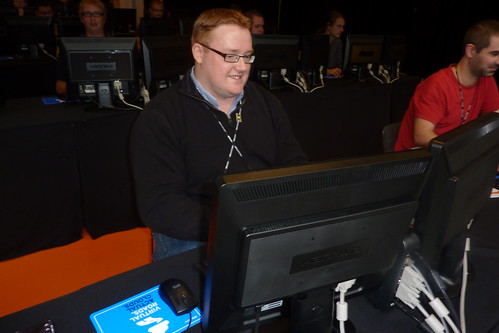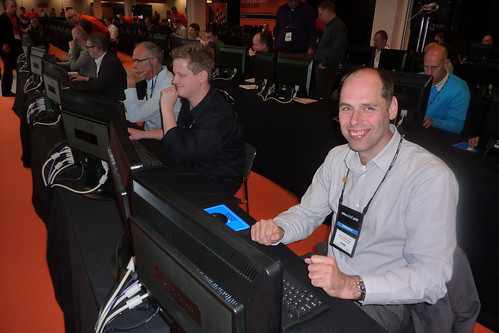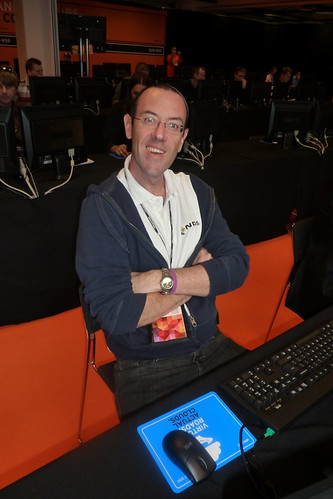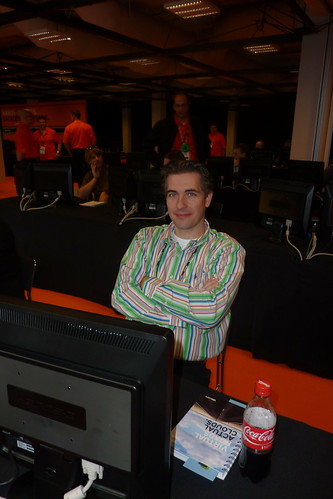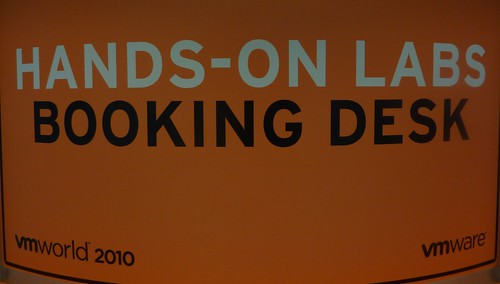I just received the final numbers on the VMworld Europe Labs. I am really excited that the vCloud Director Lab came in as first as I was one of the Captains for that Lab. Great improvement compared to the US where we came in as 4th. Other Labs that went up a couple of places are VMware vShield and of course PowerCLI!
We managed to hit both of our targets and I must say that the Labs were well organized and I was extremely impressed by the fact that all of it was hosted in the Cloud! Don’t let me keep you waiting much longer, here are the numbers:
Total Labs completed: 5,948
Total VMs deployed: 56,435
The Top 10 labs were:
- VMware vCloud Director Install & Config (646)
- VMware View 4.5 Install and Config (623)
- VMware vSphere Perf & Tuning (491)
- VMware vShield (364)
- VMware View 4.5 Advanced (341)
- VMware ESX 4.1 new features (326)
- VMware vSphere PowerCLI (290)
- VMware vSphere Troubleshooting (286)
- VMware ESXi Remote Management Utilities (275)
- VMware ThinApp 4.6 (242)
Thanks everyone for attending VMworld and making it a success and hope to see you next year!
